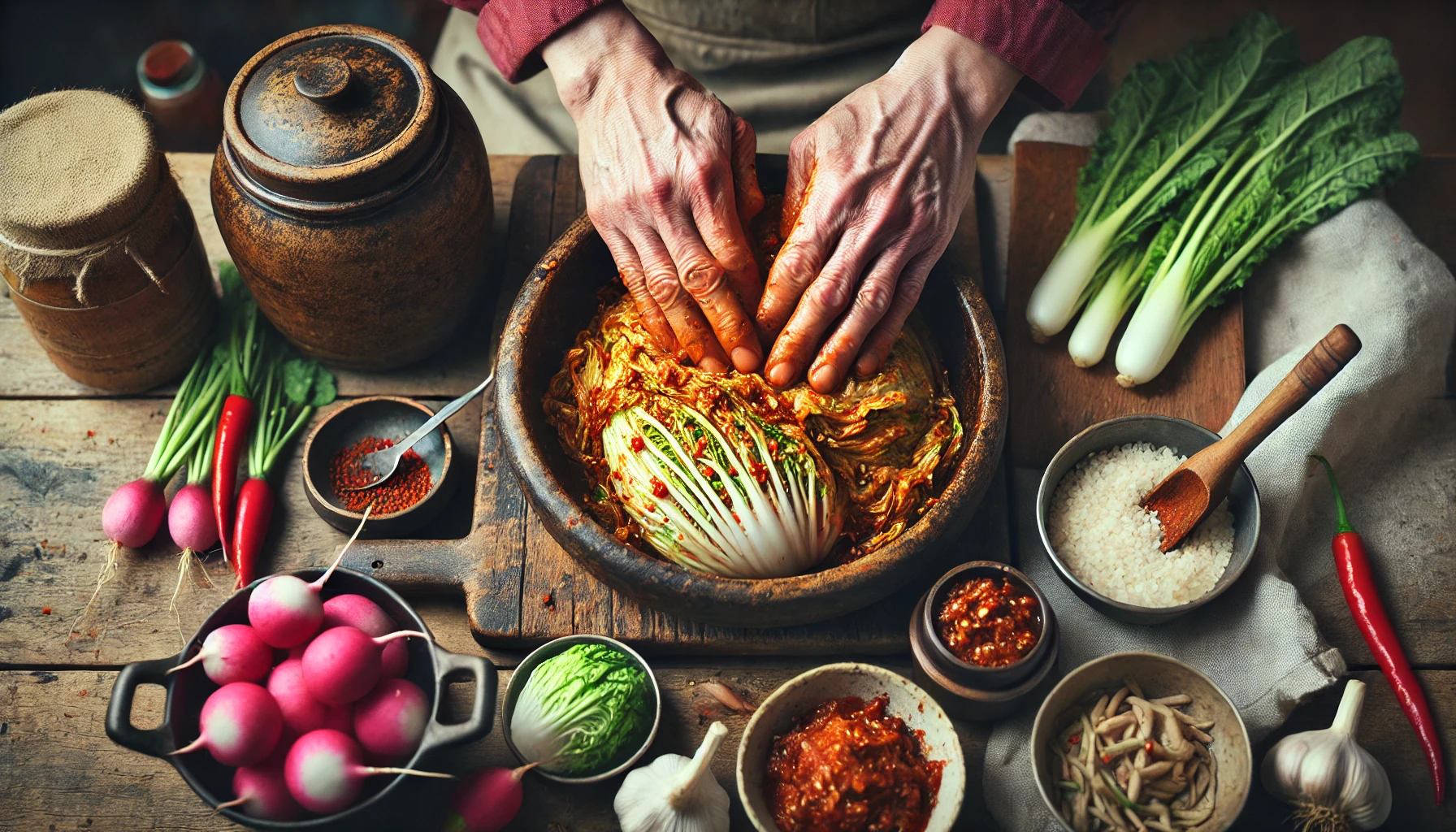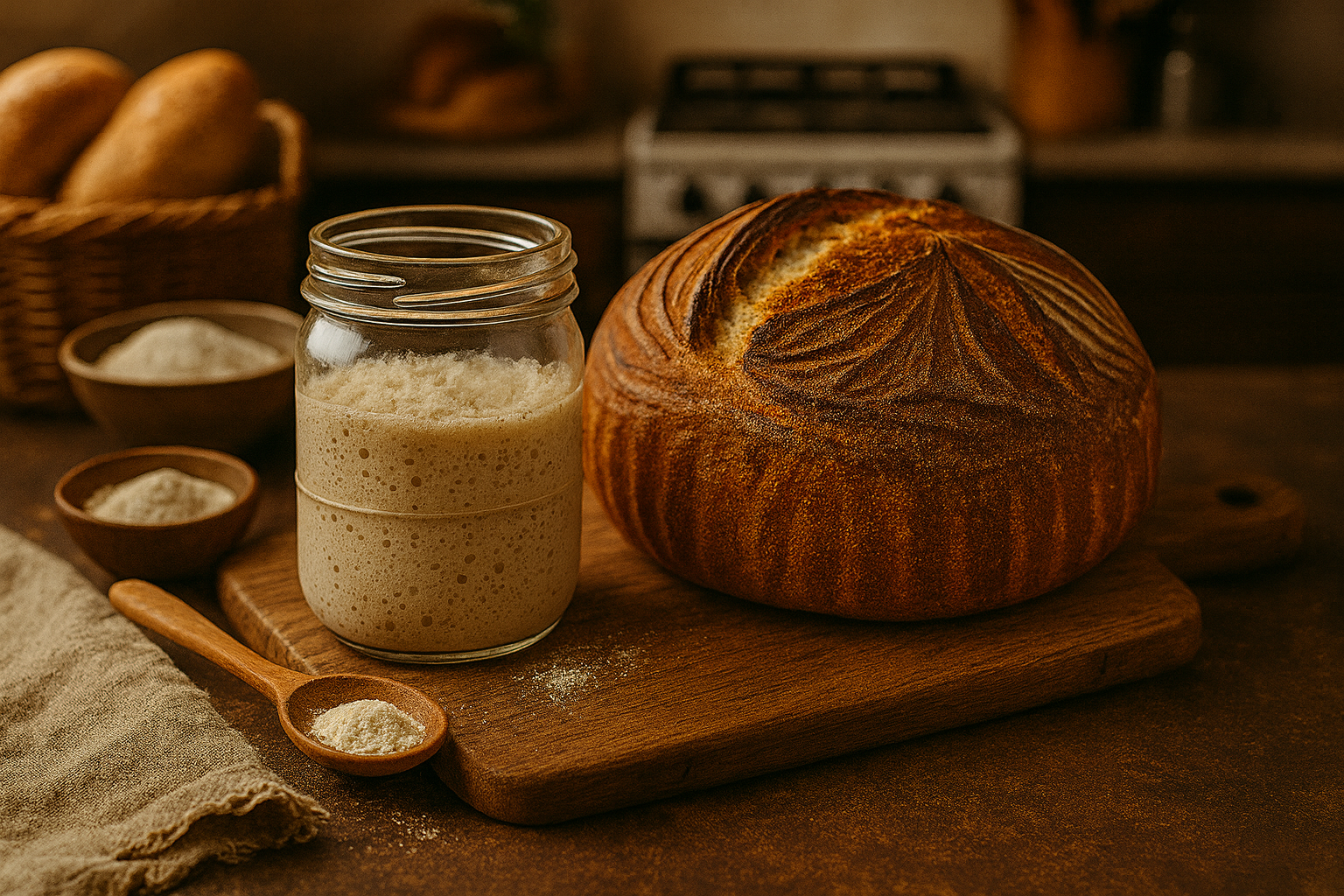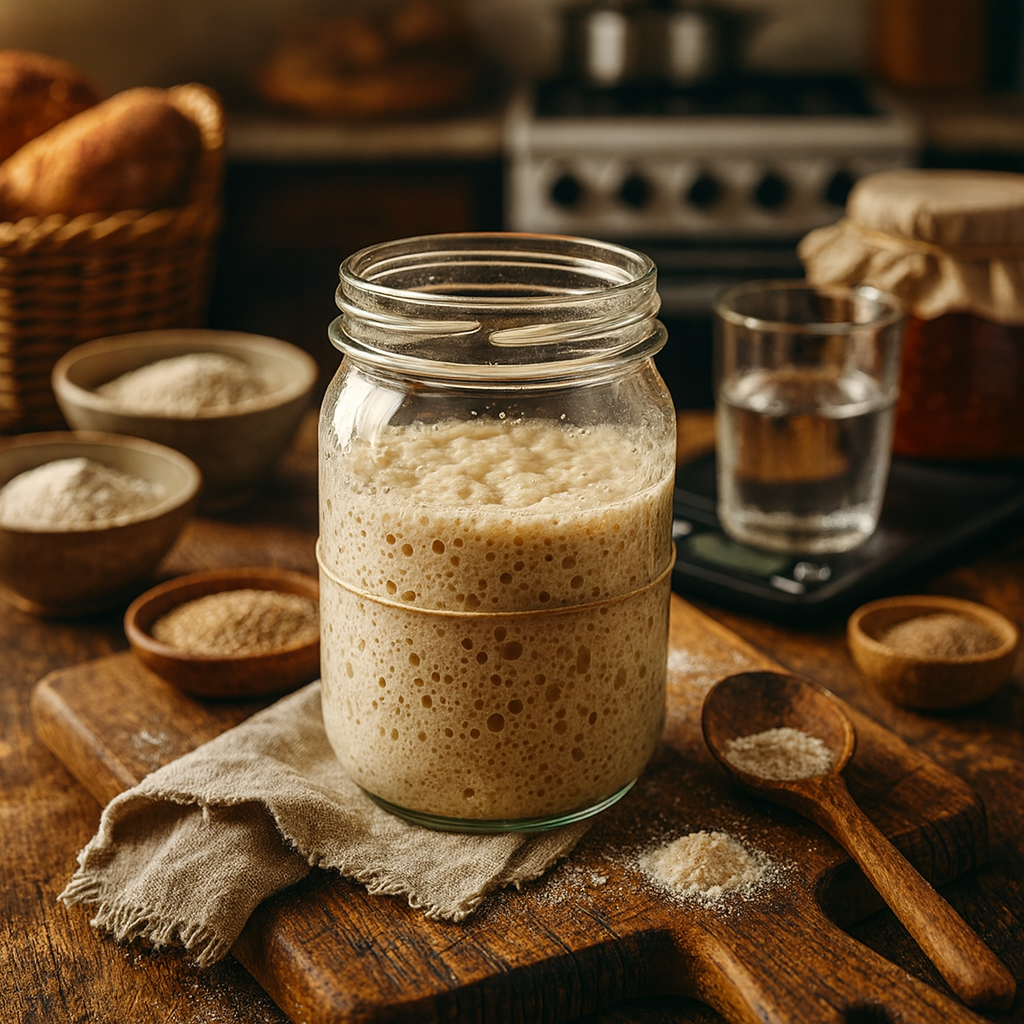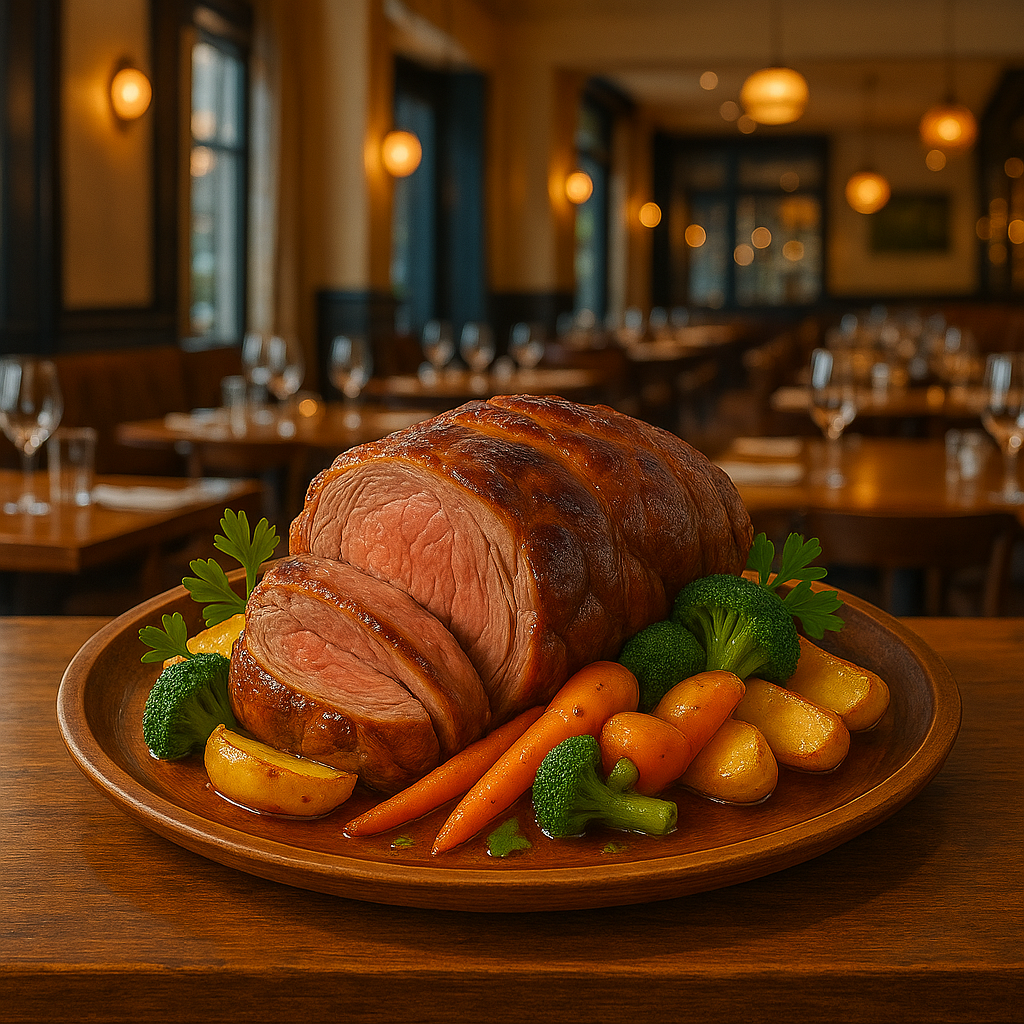Table of Contents
Introduction to Kimchi
Kimchi, a quintessential dish in Korean cuisine, is much more than mere food; it embodies the rich cultural heritage of Korea. Traditionally, kimchi consists of fermented vegetables, most notably napa cabbage and Korean radishes, seasoned with a range of spices, including gochugaru (Korean red pepper flakes), garlic, ginger, and fish sauce. The method of preparation and ingredients can vary significantly across different regions, often reflecting local tastes and seasonal produce.
The historical roots of kimchi date back over two thousand years, with ancient records indicating its consumption during the Three Kingdoms period (57 BC – 668 AD). Initially, a simpler version of kimchi was prepared without chili peppers, which arrived in Korea in the 17th century from the Americas. This pivotal addition transformed kimchi into the vibrant, spicy dish that is widely known today. An array of varieties exists, including baechu (napa cabbage) kimchi, kkakdugi (cubed radish) kimchi, and nabak (water kimchi), each with unique flavor profiles and textures, showcasing the versatility of this staple.
Beyond its culinary significance, kimchi serves numerous health benefits that contribute to its enduring popularity. Rich in vitamins A and C, and packed with probiotics due to the fermentation process, kimchi aids in digestion and bolsters the immune system. Additionally, it is low in calories and is often incorporated into balanced diets. Making kimchi at home allows individuals to customize flavors and ingredients, promoting a deeper appreciation for this time-honored practice and its place in Korean culture.
As we explore the journey of making traditional kimchi at home, understanding its importance becomes essential, transforming this culinary endeavor into a rewarding experience that not only encourages creativity but also connects one with Korean traditions.
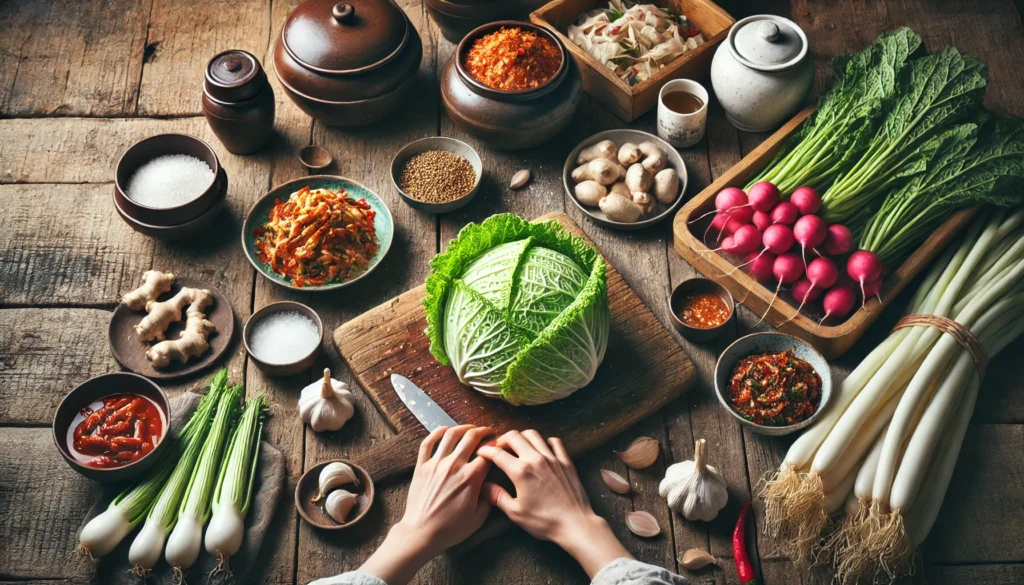
Essential Ingredients for Making Kimchi
To embark on the journey of making traditional kimchi at home, understanding the essential ingredients is crucial. The cornerstone of any kimchi recipe is napa cabbage, known for its crisp texture and ability to absorb flavors effectively. This green leafy vegetable forms the bulk of the dish and provides a satisfying crunch when fermented. It is typically salted to draw out excess moisture, allowing it to become imbued with the vibrant flavors of the kimchi seasoning.
Another key component is Korean radish, often referred to as mu. Its firm consistency and mildly peppery flavor enhance the overall taste profile of the kimchi. When sliced into strips or cubes, Korean radish adds a pleasant bite and complexity to the dish, balancing the softness of the cabbage.
A significant element of traditional kimchi is gochugaru, a type of Korean red pepper flake. The distinctive heat and smokiness of gochugaru not only impart warmth but also contribute to the appealing reddish hue that kimchi is renowned for. The amount used can be adjusted to cater to personal spice preferences, making it a versatile ingredient.
Additional flavor enhancers include minced garlic and ginger, which provide a fragrant kick and depth of flavor that complement the primary ingredients. These aromatics are indispensable in traditional recipes, enhancing the fermentation process and ensuring a rich taste.
For those with dietary restrictions or preferences, there are alternatives available. For example, if someone is aiming for a vegan version of kimchi, fish sauce can be substituted with a combination of soy sauce and additional seasonings. This adaptability illustrates the timeless nature of kimchi, allowing it to be enjoyed by a diverse range of individuals while maintaining its core characteristics.
Equipment Needed
To embark on the journey of making traditional Korean kimchi at home, it is imperative to have the right kitchen equipment at your disposal. The essential tools will not only assist you in preparing the ingredients but also ensure that the fermentation process occurs without any hindrance. Below is a list of the critical equipment needed to create authentic kimchi.
First and foremost, you will require a large mixing bowl. A bowl made of glass or stainless steel is preferable, as these materials do not react with the acidity of the ingredients. This bowl will serve as the primary vessel for mixing vegetables, seasonings, and spices. It is advisable to have a bowl that can hold at least 4 to 5 quarts to accommodate the volume of ingredients typically used in kimchi recipes.
Next, a pair of food-safe gloves is essential. These gloves will protect your hands while handling spicy ingredients, particularly Korean red pepper flakes, known as gochugaru. Using gloves is crucial to avoid irritation or discomfort caused by the spiciness of the materials used.
A sharp knife is another vital tool for chopping vegetables like napa cabbage, radishes, and scallions. A well-balanced chef’s knife will yield clean cuts and make the preparation process more efficient. For precise and consistent cuts, consider investing in a high-quality knife that feels comfortable in your hand.
Finally, a fermentation vessel is necessary for the fermentation process. While traditional kimchi pots are available, you can also use glass jars with airtight lids. Ensure that the chosen vessel is non-reactive to avoid unwanted chemical reactions. The size of your jar will depend on the quantity of kimchi you are preparing, but it’s better to use multiple smaller jars if you plan to create large batches.
With the right equipment at hand, you will be well on your way to producing your own kimchi, an essential part of Korean cuisine.
Preparing the Cabbage and Vegetables
The preparation of the cabbage and vegetables is a crucial step in the kimchi-making process, as it directly influences the texture and flavor of the final product. Begin by selecting a fresh napa cabbage, which is the traditional choice for making kimchi. It is important to choose cabbages that have tightly packed leaves and a crisp texture. Once you have selected your cabbage, cut it into quarters lengthwise. This helps in ensuring the salt penetrates the leaves evenly during the salting process.
Next, you will need to salt the napa cabbage. This is achieved by generously sprinkling salt between the layers of the cabbage leaves. Use coarse sea salt for optimal results, as this type of salt enhances the overall flavor while also drawing out excess moisture. After salting the cabbage, place it in a large bowl or container and let it sit for approximately two hours. During this time, the cabbage will wilt, becoming tender and infused with salt, which is essential for the characteristic crunch found in well-made kimchi.
While the cabbage is salting, it is advisable to prepare the other vegetables that will be included in your kimchi. Common choices are daikon radishes and green onions. For the radishes, peel them and then cut them into thin strips or small cubes, depending on your preference. Green onions should be trimmed and cut into 1-inch pieces. It is important to wash all vegetables thoroughly to remove any dirt or contaminants, ensuring that the final product is not only tasty but also safe to consume. Proper preparation of these components is vital for achieving a balanced and flavorful kimchi.
Once the napa cabbage has rested, rinse it under cold water to remove any excess salt. Drain well, and your vegetables will be ready to combine with the other ingredients in your kimchi recipe, setting the foundation for a delicious and authentic dish.

Making the Kimchi Paste
To create an authentic and flavorful kimchi paste, a careful selection of ingredients is essential. The primary base of this paste is gochugaru, a Korean red pepper powder known for its vibrant color and distinctive flavor. Begin by measuring approximately one cup of gochugaru and place it in a mixing bowl. The amount can be adjusted based on your preferred spice level; for those who enjoy a milder taste, using half a cup will suffice.
Next, incorporate a few cloves of minced garlic, approximately 4 to 6 cloves depending on your palate. Freshly minced garlic adds depth to the paste. Additionally, include a small piece of ginger, about one to two inches, finely grated. This ingredient contributes a warm and zesty element, balancing the heat of the gochugaru.
To enhance the umami flavor of your kimchi paste, consider adding fish sauce. A quarter cup of fish sauce is recommended, but a vegetarian alternative such as soy sauce or miso can also be used to accommodate dietary preferences. Lastly, adding a tablespoon of sugar ensures a slight sweetness, improving fermentation and overall taste.
Once you have gathered all the ingredients, mix them thoroughly to form a paste. The consistency should be thick enough to adhere to the vegetables, yet smooth enough for even distribution. If the mixture feels too thick, consider adding a small amount of water, a teaspoon at a time, to achieve the desired texture.
Keep in mind that adjusting the spice levels of your kimchi paste is a personal choice. Experiment with the quantity of gochugaru and adjust according to your tolerance for heat. This paste not only serves as the flavoring agent for kimchi but also plays a crucial role in the fermentation process, ensuring that the final product is both delicious and robust.
Mixing and Fermenting
The process of making traditional Korean kimchi at home involves several crucial steps, especially during the mixing and fermenting stages. To begin, it is essential to prepare the vegetables and the kimchi paste adequately. Typically, napa cabbage is used alongside other ingredients such as radishes, scallions, and garlic. Once the paste, made from red pepper flakes, fish sauce, ginger, and other spices, is ready, it is time to mix.
When mixing, it is vital to coat every piece of vegetable evenly with the kimchi paste. This can be achieved by using clean hands or a glove to ensure all surfaces of the vegetables are thoroughly covered. Take care to distribute the paste among the layers of cabbage, ensuring it seeps into every leaf. This meticulous approach enhances the flavor and promotes even fermentation, which is critical for obtaining that characteristic tangy taste associated with kimchi.
Following the mixing process, attention must turn to fermentation. Selecting the right fermentation vessel is paramount. Glass jars or specialized fermentation crocks work well, as they allow for safe monitoring of the kimchi. When packing the kimchi into the vessel, ensure to press it down firmly, removing any air pockets, which could spoil the batch. Proper packing enables the brine to rise above the vegetables, creating an anaerobic environment that supports fermentation.
The ideal temperature for fermenting kimchi is generally between 60°F to 75°F (15°C to 24°C). At this range, the kimchi can ferment well over a period of one to five days, depending on desired sourness. Monitoring the kimchi daily is advisable; checking the taste will help determine when it reaches the preferred level of fermentation. Additionally, looking for bubbles or signs of active fermentation is crucial, as this indicates that the process is proceeding as expected. Understanding these elements will aid in creating a successful batch of traditional kimchi.
Storing and Serving Kimchi
Once your kimchi has completed the fermentation process, proper storage is crucial to maintain its flavor, texture, and probiotic benefits. The best practice for storing kimchi is to use airtight containers, which help to prevent exposure to air and contaminants that can alter its taste. Glass jars are often recommended due to their non-reactive nature, ensuring that the kimchi remains untainted by the container material. Additionally, it is advisable to leave some space at the top of the jar, as the kimchi may continue to ferment and expand. A tightly sealed lid will also help to keep odors contained, ensuring that the distinct smell of kimchi does not permeate your refrigerator.
Storing kimchi in the refrigerator is ideal for longer preservation, as cooler temperatures slow down the fermentation process. It is important to regularly check on the kimchi, as the flavors will continue to evolve over time. For those who enjoy a stronger fermented taste, kimchi can be kept for several months, while others may prefer it fresher and choose to consume it within the first few weeks. If you notice any signs of spoilage, such as off smells or mold growth, it is best to discard the batch.
Kimchi is typically served as a side dish, enhancing meals with its unique flavor profile and crisp texture. It pairs exceptionally well with a variety of dishes, including grilled meats, rice, and soups. Beyond being a standalone side, kimchi can be creatively incorporated into various recipes, such as kimchi fried rice or kimchi stews. The versatility of kimchi allows it to elevate not only traditional Korean meals but also international cuisines, making it a delightful addition to any dining experience. Ultimately, understanding the storage and serving options for kimchi enhances its enjoyment and encourages culinary exploration.
Common Mistakes to Avoid
Making traditional Korean kimchi can be a rewarding experience; however, beginners often encounter a few common mistakes that can affect the quality of the final product. One primary pitfall is improper salting. Salt is crucial in kimchi preparation as it helps draw out moisture from the vegetables, enhancing their crunchiness and flavor. If the salting process is neglected or inadequately performed, the vegetables may turn out too soft or, conversely, overly salty. To avoid this, ensure to use the right amount of salt based on the volume of vegetables and let them sit for the recommended time to achieve the desired texture.
Another frequent mistake relates to fermentation. Fermentation is essential for developing the signature tangy flavor of kimchi. Beginners might rush this process, not allowing sufficient time for the beneficial bacteria to work. It is vital to taste your kimchi periodically throughout the fermentation journey. If the flavor is not satisfactory and has not developed adequately after a few days, consider leaving it to ferment longer. On the other hand, keep in mind that over-fermentation can lead to a mushy texture and overly sour taste, detracting from the overall kimchi experience.
Incorrect ingredient ratios represent yet another common error. Whether you are measuring salt, sugar, or spices, precision matters tremendously in achieving balanced flavors. It is advisable to follow a tested recipe closely, especially when starting out. If experimenting with flavors, adjust ingredients gradually, while documenting changes, which will aid in troubleshooting future batches. Properly managing these aspects will empower you in your homemade kimchi journey, allowing you to enjoy a delightful, authentic dish that has rich cultural significance.
Conclusion and Encouragement for Experimentation
In conclusion, making traditional Korean kimchi at home is an enriching experience that goes beyond simply following a recipe. The process not only connects you with a culinary tradition that has been cherished for generations but also allows you to explore and express your creativity. As you embark on your kimchi-making journey, you will discover the joy of blending various ingredients, adjusting flavors, and customizing textures to suit your palate.
The beauty of kimchi lies in its versatility; there are countless variations that reflect individual tastes and regional differences. Therefore, we encourage you to experiment with different vegetables, spices, and fermentation times to create a version of kimchi that resonates with you. Whether you prefer a spicier kimchi or one with a milder flavor, each iteration will bring unique qualities to your table, enhancing your meals while fostering your culinary skills.
Engaging in the art of kimchi-making also has the potential to create a wonderful sense of community. We invite you to share your outcomes and the variations you have experimented with, as this way other enthusiasts and newcomers can learn from your experiences. Sharing tips, tricks, and even mishaps can foster a supportive atmosphere, encouraging others to step outside their comfort zones and try their hand at making kimchi.
So, gather your ingredients, activate your creativity, and delve into the world of traditional Korean kimchi. Enjoy the satisfaction that comes from crafting Kimchi from scratch, knowing that the possibilities are endless and the results will be ever-delicious. Celebrate your culinary journey and join a community that appreciates the art of making this beloved dish.


